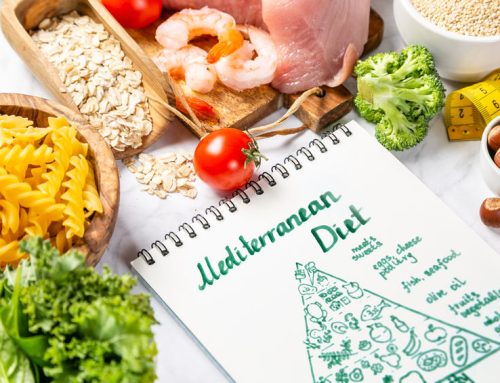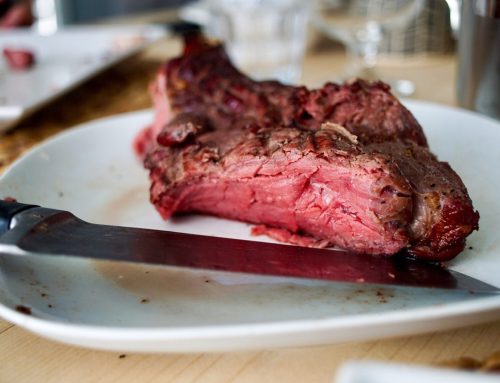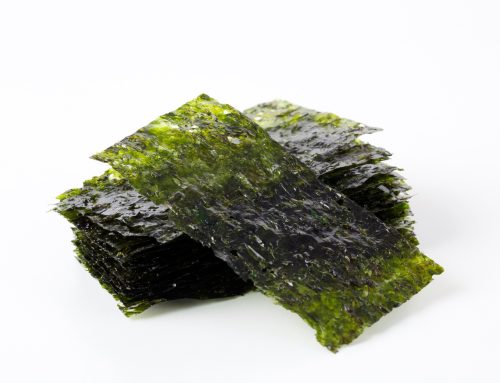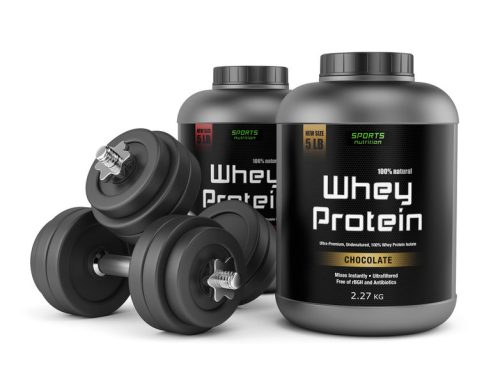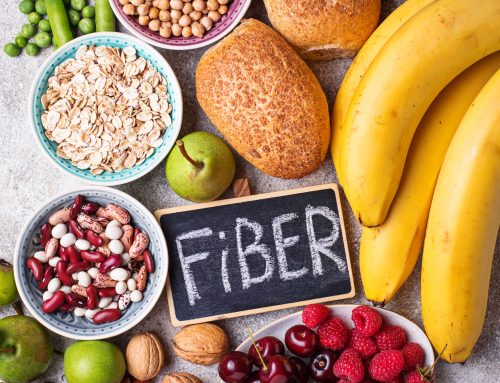Can a healthy diet meal plan include meat? It’s a confusing time for meat lovers. You can’t turn on the TV or read the newspaper without hearing about how plant proteins are better for health and the environment. Even fast food chains are serving up meatless burgers and sausage. And for years nutrition and health experts have warned against eating too much red and processed meats because of their effects on health.
Yet, there have been several reports indicating that saturated fat (found in red meat) may not be as unhealthy as previously thought. And a widely publicized review of studies published in the Annals of Internal Medicine last fall even challenged the idea that you need to curtail your meat intake at all. The review’s authors concluded that the studies that link eating meat to poorer health are not powerful enough to advise people to cut back.
What’s a carnivore supposed to think?
Can Meat Be Part of a Healthy Diet Plan?
You may wonder whether meat can be part of a healthy diet plan or if you need to live on fish and plants.
The answer is that you don’t need to give up meat to have a healthy diet—and for older adults, some meat can be a good thing—but you should limit your intake.
Studies that seemed to exonerate saturated fat didn’t take into account what replaced it in peoples’ diets: refined carbs or unsaturated fats. And the Annals review was controversial, with many nutrition and health experts noting that it didn’t include the totality of the evidence regarding meat and health, questioning the way the analysis was conducted, and rejecting the conclusions.
According to says David Levitsky, Ph.D., the Stephen H. Weiss Presidential Fellow in the division of nutritional sciences at Cornell University, “When it comes to cancer and heart disease, there’s a lot of data out there repeatedly showing there’s a higher incidence in people who consume a large portion of their diet as meat.”
Christopher Gardner, Ph.D., a nutrition scientist and professor of medicine in the Stanford Prevention Research Center in Stanford, advises that “The recommendations to cut back on meat have two main purposes, one being to lower exposure to saturated fat. The other, and more important, is that the more meat you’re eating, the less you’re eating of other foods, such as vegetables. It’s all about the context of your greater diet.”
The Health Benefits of a Meal Plan that Includes Some Meat
Eating some red meat can deliver important nutrients.
- It is a concentrated source of protein, which is important for preventing the loss of muscle that occurs with age. Older adults should get about 0.6 gram of protein per pound of body weight a day—that’s about 90 grams for someone who weighs 150 pounds.)
- You can get certainly get protein from other sources, including fish, dairy, poultry, nuts, beans, and tofu, but beef is a major source of iron. Also, eating meat increases iron availability, particularly from plants whose iron is not always available.
- Beef also has significant amounts of zinc, niacin, and vitamin B12. Many older adults, vegan and vegetarians don’t get enough B12, and deficiencies are linked to nerve problems, such as tingling and numbness, and memory loss. Fresh pork also supplies these nutrients, plus the B vitamin thiamin, important for regulating blood sugar levels and nerve and brain function.
6 Rules for a Meat Eater’s Healthy Diet Plan
Meat can be part of a healthy diet as long as you don’t make it the biggest thing on your plate. The mantra “everything in moderation” will serve you in good stead.
Here’s how to enjoy your meat and keep an eye on your health:
1. Choose less fatty cuts. When buying red meat, look for cuts labeled “lean.” If your meat has marbling, trim off as much as you can before cooking it. Baking, braising, and stewing can be healthy ways to cook meat without having to add butter, oil, or tons of salt.
2. Give it a supporting role. “The newest U.S. Dietary Guidelines took into account that you can’t just say ‘eat less of that.’ When you reduce the amount of meat you’re eating, replace it with plant foods. Instead of a big filet with a side of potatoes and broccoli, put vegetables, beans, and whole grains center stage. When you eat meat, it should take up just one-quarter of your plate. In general, having a few 3 1/2-ounce portions of lean red meat per week seems reasonable from a health perspective.
3. Consider organic and/or grass-fed. When you’re eating smaller portions, you can justify paying more for better quality meat. Many animals are treated with hormones and antibiotics that can have an effect on humans, including contributing to antibiotic resistance. Organic cattle and pigs can’t be given antibiotics, and organic cattle aren’t given hormones. (No pigs, not even conventionally raised, can be given hormones.) For beef, the American Grassfed Certified seal guarantees it came from animals that were raised in pastures for their entire life instead of being confined to feedlots, and were not given antibiotics or growth hormones.
4. Grill smarter. Cooking meat at high temperatures, such as frying or grilling, creates compounds that may cause cancer. To minimize their formation, cook meat away from the flame, turn it frequently so that it doesn’t get charred and remove the burnt parts before eating. Pair grilled meats with fruits and vegetables, which contain antioxidants that counteract the carcinogens. Marinating in oil and an acid, such as lemon or lime juice, before cooking may also help prevent these compounds from forming.
5. Skip processed meats. There’s a trifecta of reasons to minimize your intake of deli and cured meats like ham, bacon, hot dogs, salami, and jerky. They’ve been linked with cancer in several studies. Substitute pork tenderloin, chicken breast, or another cooked fresh meat for sandwiches and salads.
6. Add in substitutes. Foods that have a savory or umami flavor can impart a meaty taste. Thick and filling, Portobello mushrooms can do almost anything meat can. Try grilling them—just marinate first so that they don’t char. One cup has about 4 grams of protein. Beans, such as kidney or cannellini, tofu, and tempeh are versatile and high in protein. And using small amounts of aged cheese, such as Parmigiano-Reggiano or Gouda, in dishes adds umami flavor and creaminess.
Click here to read full article about how a healthy diet plan can include meat.



